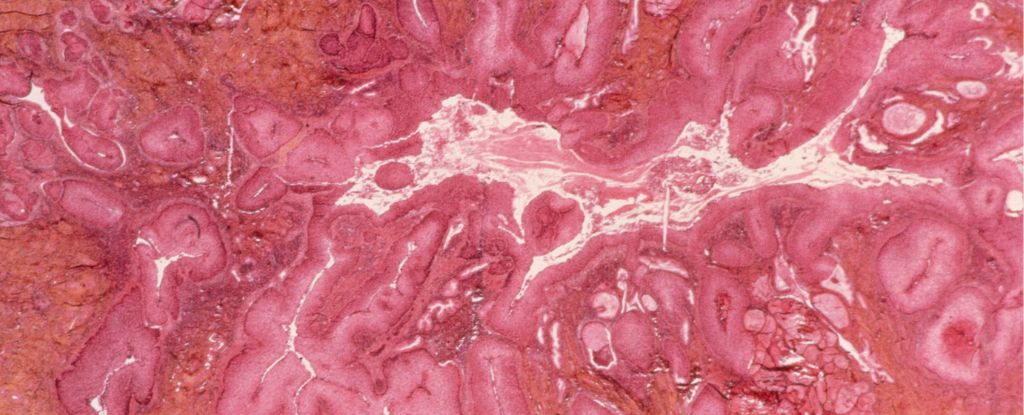In a result that will ring familiar for many women, new research has revealed a massive disparity in how pain is treated.
Women being discharged from emergency departments in Israel and the US are far less likely to be given a prescription for pain medication than men, even when being treated for the exact same ailments or when their reported pain scores were exactly the same.
Out of 17,576 patients in one dataset, some 47 percent of men were dispatched with a prescription for an analgesic medicine, compared to just 38 percent of women.
This, according to a team led by psychologists Mika Guzikevits of The Hebrew University of Jerusalem and Tom Gordon-Hecker of Ben-Gurion University of the Negev in Israel, was consistent across all ages and ailments, and the prescribing doctors’ genders, revealing an alarming sex bias in how seriously women’s complaints are taken.
“We argue that female patients receive less pain treatment than they should, which may adversely impact their health,” the researchers write in their paper.
“The findings underscore the critical need to address psychological biases in healthcare settings to ensure fair and efficient treatment for all.”
Research in recent years has revealed an alarming bias in the way the world perceives women’s pain. Laypeople are more likely to think that women are exaggerating their pain than men, and perceive that grimacing women are experiencing less pain than men with similar facial expressions.
Many studies have shown that women reporting pain are perceived as hysterical, emotional, imagining things, or even lying. And this has the potential to be a big problem when transmuted to a medical setting.
Research has found that women reporting chronic pain are more likely to be diagnosed with a mental health condition. Women wait longer for treatment in emergency rooms. Women are less likely to be prescribed postoperative pain management medication. And multiple studies have found that medical practitioners perceive women to be less, and men more, trustworthy when reporting pain, often based on surveys and virtual patients.
Guzikevits, Gordon-Hecker, and their colleagues wanted to examine real outcomes in clinical settings, so they made a study of anonymized patient data from hospitals in the US and Israel. They looked at factors such as the age and sex of the patient, the level of pain reported and the diagnosed ailment, how often the patient visited the emergency department, and what the patient was prescribed.
Their data includeda total of 21,851 patients presenting at the hospital for pain, and the results were striking.
“Across these datasets, a consistent sex disparity emerges,” the researchers write.
“Female patients are less likely to be prescribed pain-relief medications compared to males, and this disparity persists even after adjusting for patients’ reported pain scores and numerous patient, physician, and emergency department variables.”
This disparity in treatment could not be linked to any other variable than the sex of the patient, the researchers found. Given the wealth of studies showing a huge disparity in the way the pain of women and men are perceived, the researchers could only conclude that the reason for this disparity is bias.
In a further test, the team presented 109 healthcare providers with a scenario describing a patient with severe back pain, rated 9 out of 10 by the patient. Only the patient’s sex differed, with all other scenario details identical. When the patient was female, participants rated the pain intensity lower on average (72 out of 100) than when the patient was male (80 out of 100).
The researchers also noted that there have been some studies that didn’t find a bias. These studies were conducted on patients with a tangible, physical source of pain, such as a broken bone or an infection. For those studies in which a bias is found, the source of the reported pain is less tangible – abdominal pain, or a headache.
The researchers suggest that computerized decision-reporting tools that help prescribe pain relief, and educating health practitioners about gender bias, could help resolve this ongoing issue and ensure better health outcomes for all patients.
“Inadequate pain management is known to lead to unnecessary suffering and deleterious health effects, and also carries preventable costs for public health,” the researchers write in their paper.
“The present research provides robust evidence for healthcare providers’ sex bias against female patients in pain management. We identify the stereotypical perception of females’ pain as one of the potential mechanisms underlying the bias.
“The findings join mounting evidence of discrimination against females in the medical system and in other areas. Undertreatment of females’ pain bears immediate implications for the healthcare system and broad implications for society’s attitude toward female pain.”
The research has been published in the Proceedings of the National Academy of Sciences.





